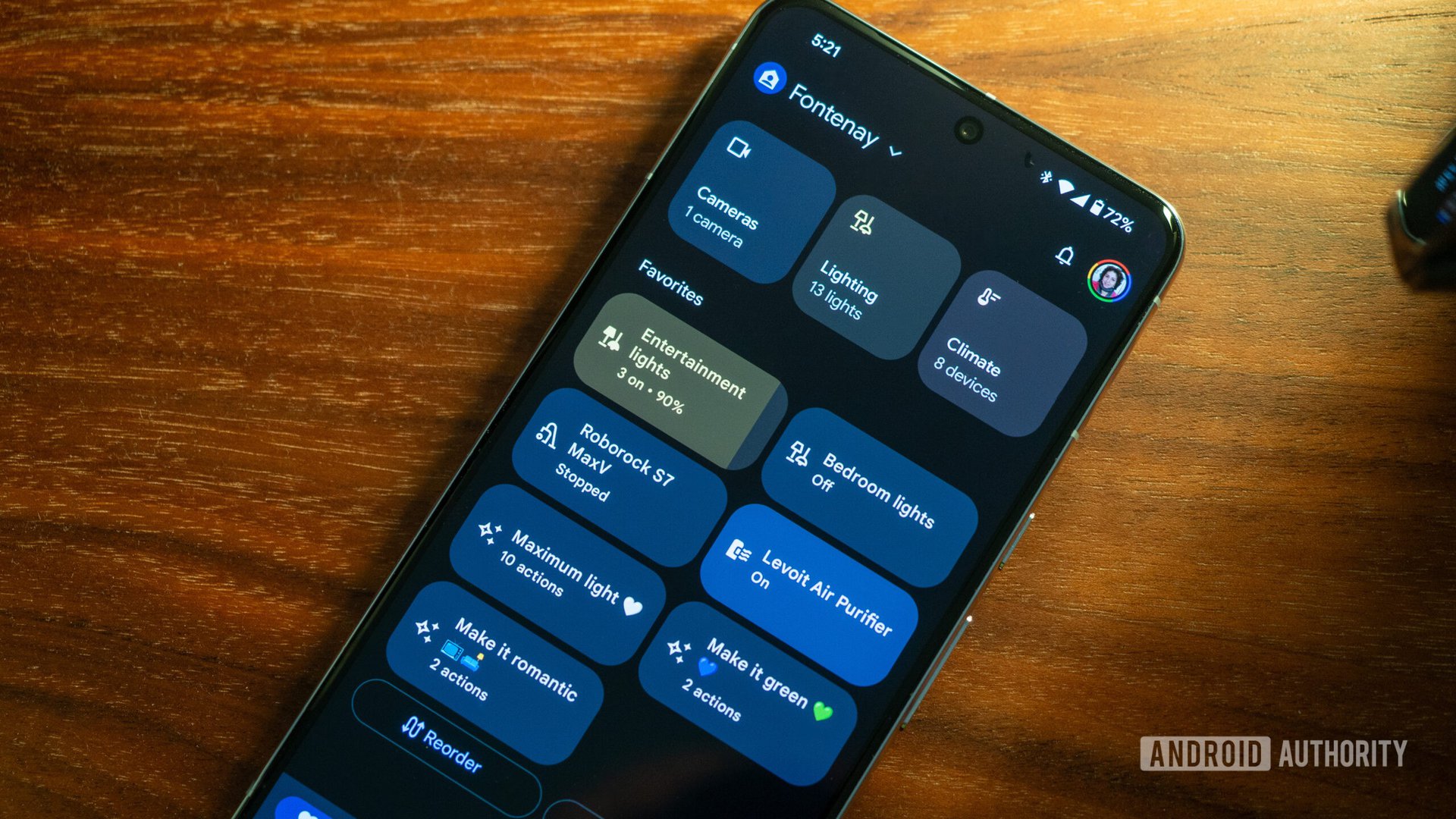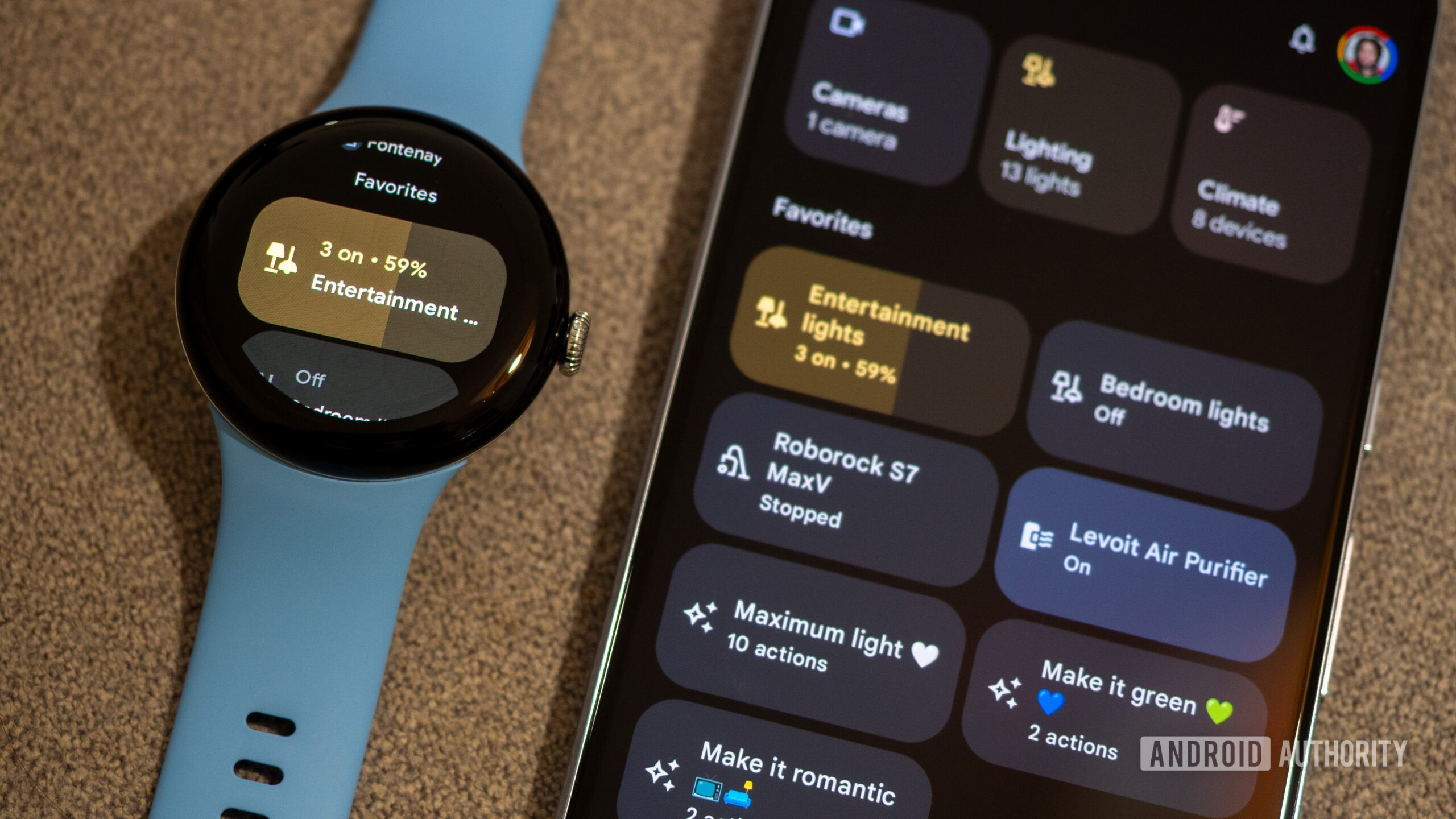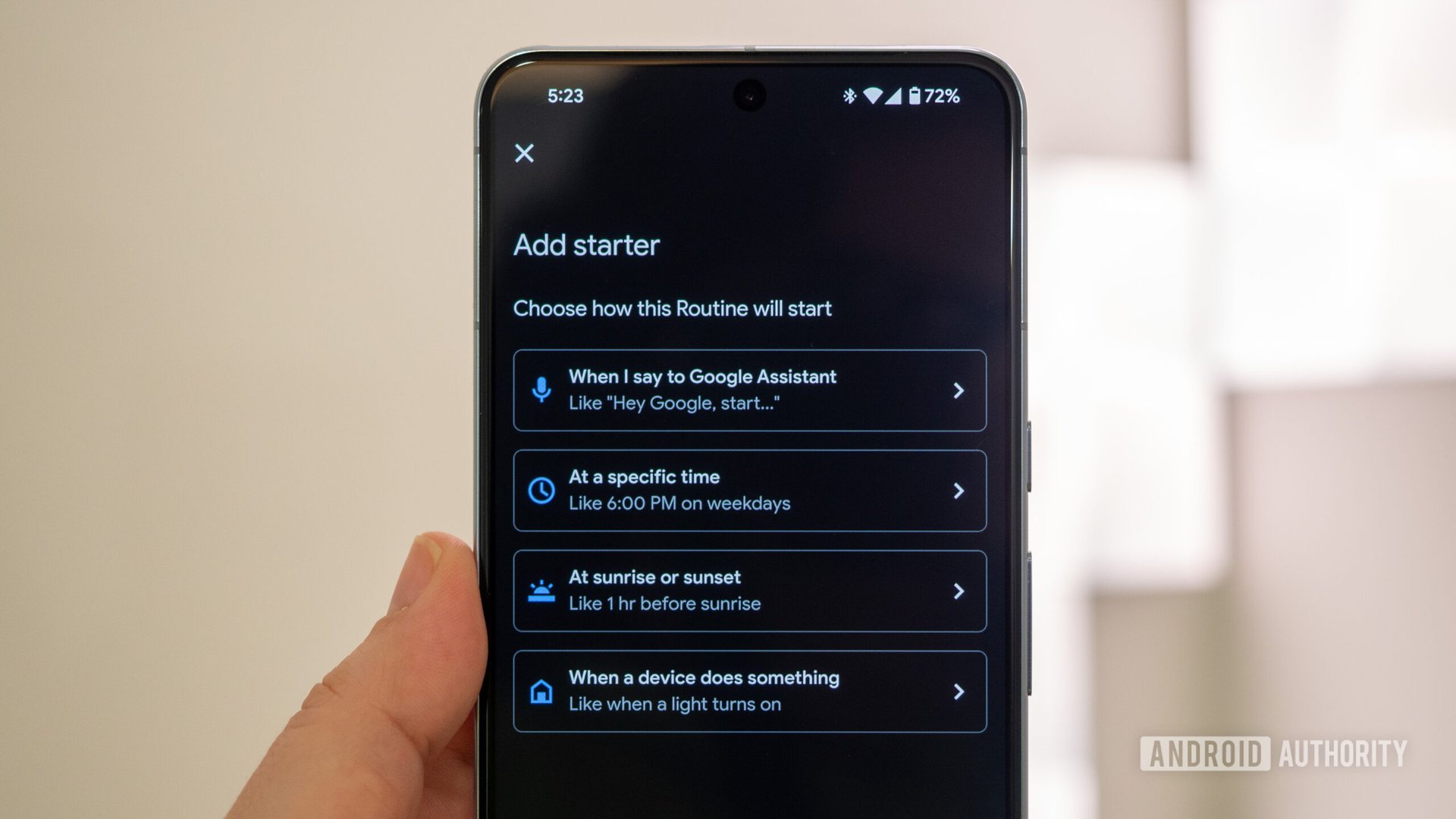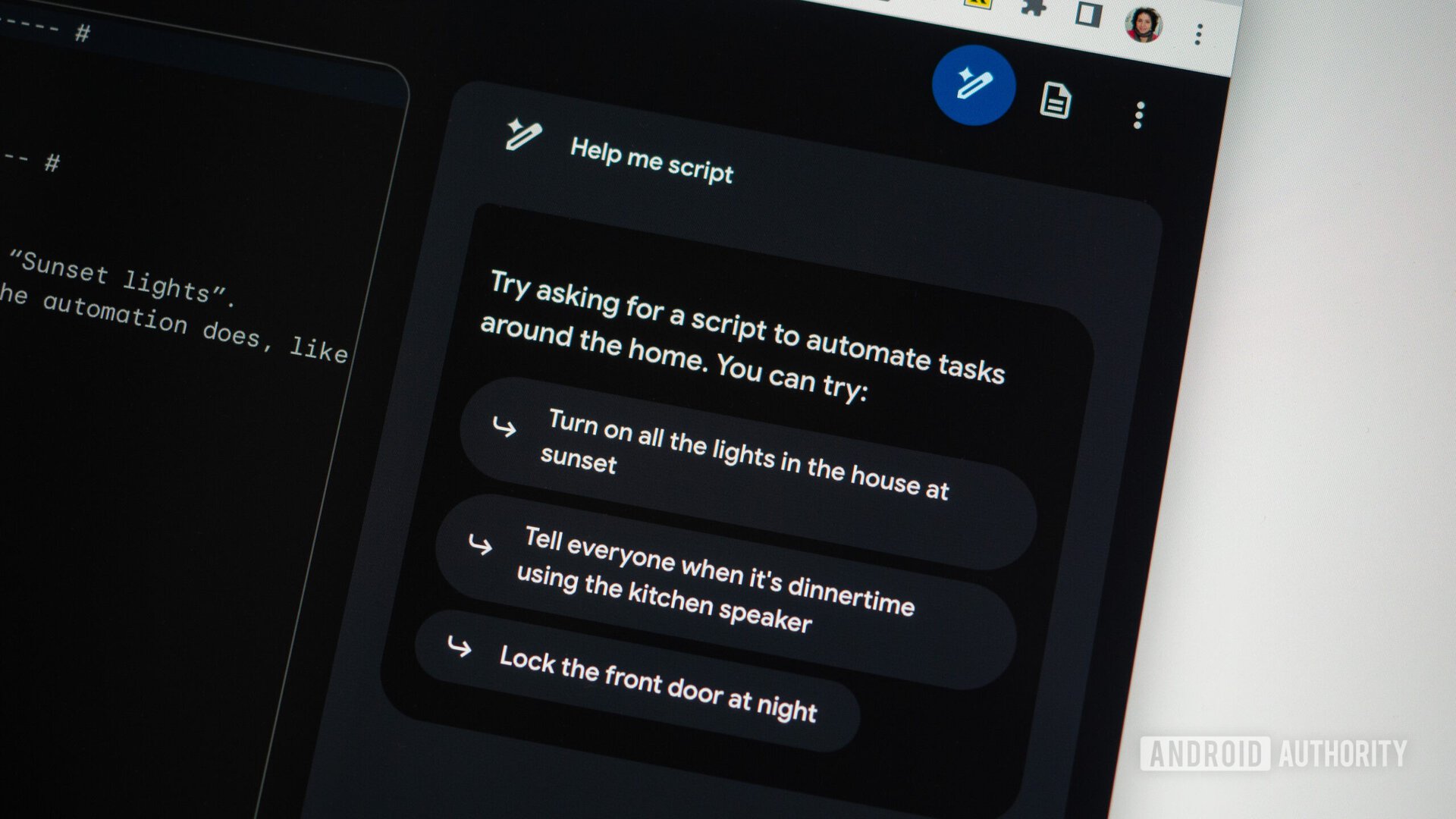Affiliate links on Android Authority may earn us a commission. Learn more.
The Google Home app is finally on the right path

It’s been over seven years since Google pivoted the Chromecast app to become the new Google Home app and, after so many empty promises and missed steps, it finally seems to be on the right path.
Now, I know what you’re thinking: One, it’s about darn time! And two, there are still lots of things missing from the Google Home app before it’s a solid dashboard and controller for your smart home. And in both cases, you’re right. I’m not saying the app is perfect now, but it’s moving in the right direction. Seven years late, but still.
Do you think the Google Home app has improved in recent times?
A better, more universal smart home dashboard

The new Google Home app redesign, which began rolling out in May, is a net improvement over the previous app. The favorites alone are a neat addition, especially for those like me who have many lights, groups, devices, and routines. Being able to quickly control my Hue Play and Nanoleaf lights together or pause the vacuum when I’m walking in a room is handy.
I appreciate the quick access to my most used lights, devices, and routines.
But more so is the fact that these favorites carry over across my devices. They show up on my Pixel Tablet when it’s docked, they are the first shortcuts I can access on my Pixel Watch 2, and they pop up when I launch the home panel from the lock screen of my Pixel 8 Pro, Nothing Phone 2, or other Android flagships.

For those with Nest cameras or smoke detectors, and for anyone who’s set up automated routines, the new Activity tab is another welcome addition. Being able to track down what happened or what triggered which event is necessary when you set up a smart home.
It finally shows more device controls and info
One of my biggest pet peeves with the Google Home ecosystem has always been its inconsistency. Some Assistant voice commands were available for some types of devices but without any visual equivalent in the Home app. For example, I could open my blinds by voice but not with the Home app. Or I could ask Google about the air quality in my living room, but my sensor didn’t show that in the Home app.
More annoying was the fact that some devices showed these commands on smart displays like the Nest Hub Max, but again, not in the Home app. This wasn’t a problem with your smart blind/lock/TV/fan/air purifier maker; it was a problem with Google. The Google Home app on mobile did not surface visual commands or info that manufacturers of smart devices had already given Assistant access to. Baffling.
Previously, the Google Home app did not show visual controls or info for devices that Assistant already had access to. Not anymore.
But things have changed recently, as you can see in the screenshots above. I can now actually control my air purifier and pick its speed, change the intensity and palette of my Hue Sync, and see all the sensor data from my Sensibo Elements air quality monitor and my Hue motion sensor. Those of you with smart locks, blinds, fans, TVs, and other types of smart home devices should also be able to control them now. How novel!
This is functionality I would’ve wanted to see four, perhaps five years ago. I’m still glad it’s finally here because it’s the basis of a proper smart home dashboard and any automation you want to set up.
More powerful routines and automations

Speaking of automations, Google Home has been slowly adding proper ones — not just routines that get triggered when you activate them. Automating something requires an if/then connection, and now you can set the “if” part of the equation to be a specific time and/or day, or an exact state or action on one of your devices.
For example, I can have my Hue Play lights turn on if my TV turns on, but only after sunset. I can set my Nest Audio to play music if I turn on my office lights in the morning between 9 AM and 11 AM. Or I can tell my thermostat to raise the heating in a room when its lights are on. These kinds of automations weren’t possible with the previous voice-only routines; they’re now easy to set inside the Home app.

That is without counting on the new Script Editor and its AI-generated code that opens the door for more intricate routines.
After playing with it for a while, I was able to use the Script Editor for so much, like creating automations based on more sensor data as triggers (like when the air quality goes low or VOC level rises above a certain threshold), setting notifications as actions (notify me when I’m away so I start the vacuum if needed), and building automations based on more complex and/or conditions.
I don’t know why we need a script interface to build these kinds of routines; they don’t seem impossibly complex, and I’m sure the Google Home app UI can handle them just as well. (If IFTTT and other smart home apps can do multiple “if”s and actions, the Google Home app can as well.) But maybe Google is using this as a test bed before rolling out multiplex automations to everyone.
There are still lots of changes I’d love to see in the Google Home app, like more powerful home/away routines that let me control more than just lights or easily viewable and editable scenes per device. I’d also love it if Google surfaced all the voice commands associated with a device so I don’t have to go digging for it or trying and guessing until I figure out how to change the speed of my smart fan with my voice.
And I’m sure those of you with Nest cams and other devices have a lot more to say about the Google Home app, the migration from the Nest app, and all of the lost functionality.
But, for now, and after several years of stagnation, things seem to be positively moving along with the Google Home app. At least the inconsistencies are less flagrant!
As the smart home switches from exciting tech to boring commodity, and as Matter slowly brings the different smart home players together, Google has to offer a stable and powerful service to keep average users happy. I think we’re getting there, but there’s more work to do, Google.